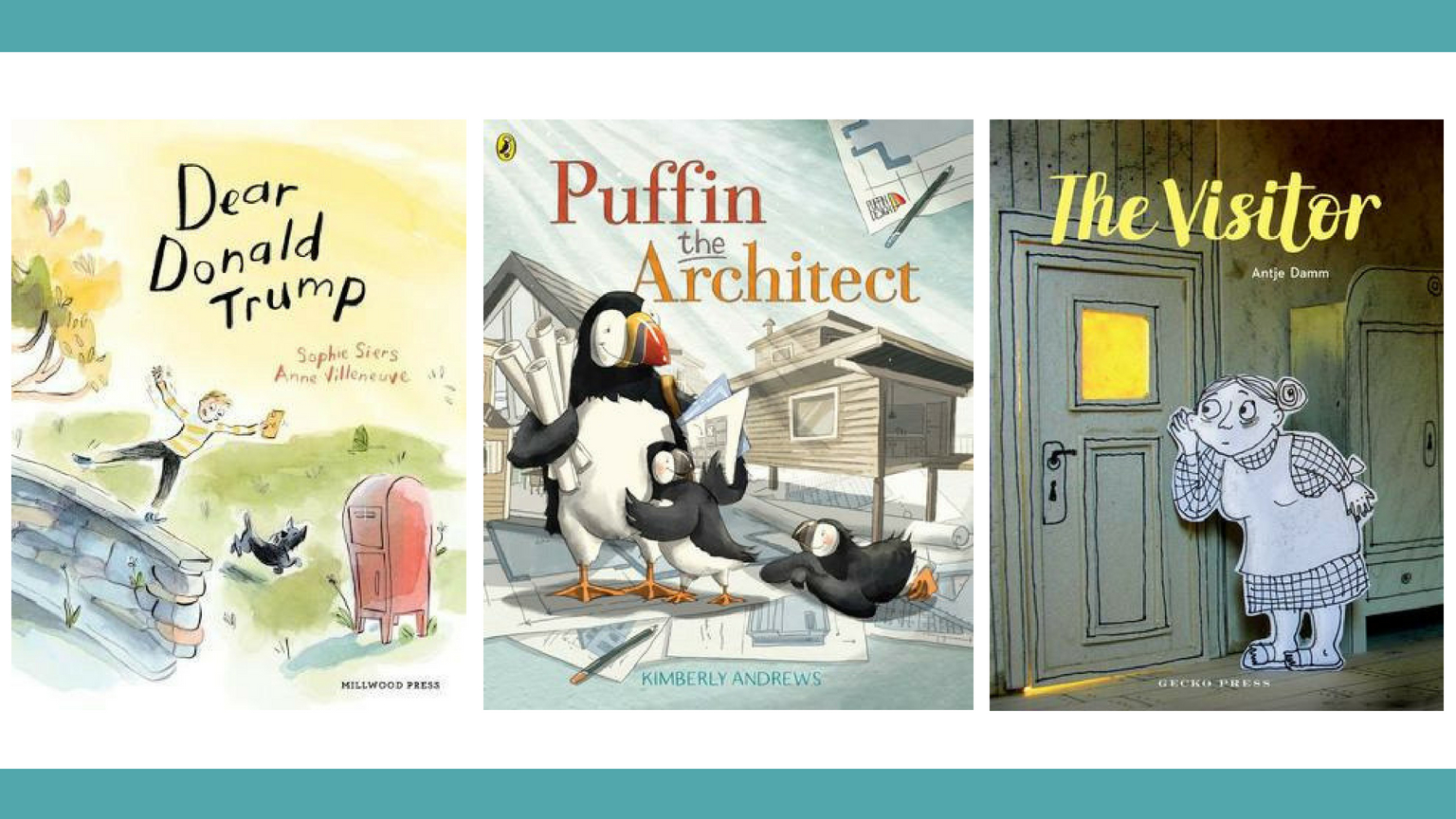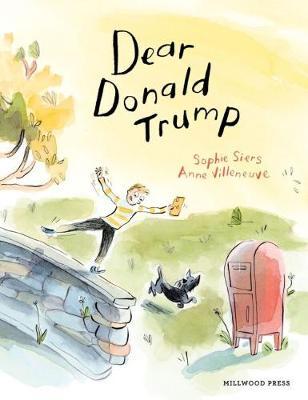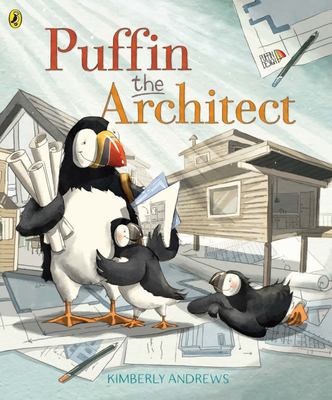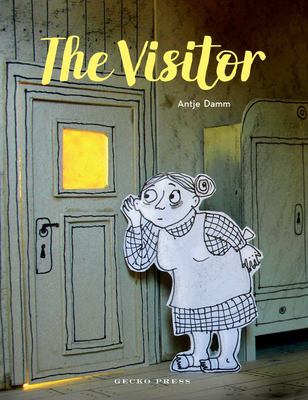Editor and co-founder Sarah Forster shares her thoughts on another exciting batch of Kiwi picture books featuring some well-intentioned letters to Donald Trump, anthromorphised girl boss penguins, and a divisive depiction of anxiety.

Dear Donald Trump, by Sophie Siers and Anne Villeneuve
This book is gold! Dear Donald Trump tells the story, in a series of letters, of a little boy called Sam who doesn’t want to share a room with his older brother any more. His brother plays on his phone after lights out, and steals his stuff. He is done with him – and he wants to build a wall.
Sam… doesn’t want to share a room with his older brother any more. His brother plays on his phone after lights out, and steals his stuff. He is done with him – and he wants to build a wall.
He saw Donald Trump on TV talking about walls, and he thinks it sounds like the perfect solution to all his problems.
My brother is behaving like a marauding invader. This morning he took my Star Wars destroyer. That means war. I told my mum that this could have been averted if she had let me build a wall but she just laughed!
I bet no one is laughing at your wall idea.
I told my mum that this could have been averted if she had let me build a wall but she just laughed!
Each of the letters is written cleverly, in a young person’s voice, but with ironic depth throughout. While he goes to grandma’s house (where there are six walls), there is ‘dialogue’ and people are using words like ‘harmony’. And: ‘Mum said that if you [Trump] were like other men she knew you would talk about it a lot but never build it.’ They study walls at school, and Sam has a go at damming a river. Each letter is signed by Sam, in a different printing style.
This change in printing style for each letter’s signature is really interesting – it shows somebody who hasn’t quite sorted out who they are yet, and so we aren’t all that surprised as we get to the twist at the end of the book.
The illustrations are what really makes this book stand out. The illustration of the boys’ room and the rooms within it are finely drawn in pen and ink with water-colour wash that feels a little like some of Sarah Laing’s colour work. The illustrations of Trump never actually show him – he is simply a yellow streak of hair, and the face is always obscured. By a fountain, a hamburger, a tiny Jenga block wall … the letters get to him everywhere.
The power of the metaphor of Trump as a child is something that can be seen by adults, but not readily by young kids. I shared this book with my Year 3 child, and he was like, ‘But why does Sam agree with Trump?’ He and his classmates know who Trump is, and that he is not a good person, so he couldn’t understand why anybody would sympathise with his point of view, however facilely. The fact it was facile meant nothing to him. His review was a negative one, though he was coming around so I might have the conversation again!
The power of the metaphor of Trump as a child is something that can be seen by adults, but not readily by young kids.
I’d very much recommend Dear Donald Trump for adults, and for older kids. It is a sophisticated picture book, and that’s okay. Younger kids will read along and understand it on a different level – they will see the story about the brothers and sympathise more readily perhaps than my in-between kid. It’s great to see that the book is getting published internationally – in French, Italian and Portuguese. This is certainly a fantastic book to pick up and have a conversation about, with a class, or with your children.

Puffin the Architect, by Kimberly Andrews
How lovely to have an animal anthropomorphised as a female – and doing a professional job, no less! Thank you, Kimberly! This book is a delightful tale of a mum trying to create the right home for her pufflings – but they are proving a little difficult to please.
It’s not so much the theme, as the writing, that really takes my breath away. I have been looking through my papers from my years at school recently, and no matter how hard I tried (and, boy, did I), I could not rhyme to save myself. To see a book completed in flawless rhyme, building page by page while subtly reusing the elements of design – for the puffin, these are cupboards, fold-away furniture, a tunnel somewhere special, something pulley-operated, a skylight, a rolling outdoor something – and finally, a hidden table, is rather astounding and worthy of a very long round of applause.
To see a book completed in flawless rhyme, building page by page while subtly reusing the elements of design… is rather astounding and worthy of a very long round of applause.
There has been some great attention paid to the publication of this book as well, which is significant as this is the first book Kimberly has both written and illustrated, though her illustrations were featured in Explore! Aotearoa, a finalist in the 2018 NZ Book Awards for Children & Young Adults. The format is oversized, similar to books by Richard Fairgray and Terry Jones, and the cover has a gloss on the title and some debossing to help the puffins stand out. The uncoated paper is perfect for the muted tones of the illustrations. The whole package is very stylish.
The illustrations are fabulously drawn and coloured, with a lot of detailed work for the plans throughout. I enjoyed finding the different elements in the ‘plan’ in the illustrations, and loved finding the snail with my kids. There is a lot going on, but not too much – the backgrounds are beautiful, but neutral enough to make it clear where our attention should go.
The illustrations are fabulously drawn and coloured, with a lot of detailed work for the plans throughout.
I don’t want to criticise this book at all – it’s great. But here’s something I’ve wondered for a long time: why anthropomorphised wild creatures? I do get that there is a tradition – especially in New Zealand – to use anthropomorphised creatures all the time … but oh I wish we could just see a few more people in our picture books!
This is a very good book, and if you are okay with the odd shirt-wearing moose, and detective-cap wearing dog, I reckon get it and enjoy it with your littlies. This one is for ages 3+, but I think school-age kids would get more out of the detail. I can’t wait to see Kimberly Andrews’ next book!

The Visitor, by Antje Damm
I open the book and something is amiss. The room is dark, the walls are grey, even the quirky lamp above the staircase is dark. Then the book itself begins.
‘Elise was scared of everything.’
Elise is an older lady, sitting at her table having a cup of tea one day. She never goes out. She is too scared. Then something unexpected happens – her windows light up *yellow* and a blue paper plane comes in. She looks, she decides to remove it and puts it in the fire.
Elise is an older lady, sitting at her table having a cup of tea one day. She never goes out. She is too scared. Then something unexpected happens…
The subsequent scene is startling and one of the most intense scenes I’ve ever read in a picture book aimed at children. There are dozens of paper planes, swirling, with the lady startled, unable to sleep. Her mind Just Won’t Go Quiet. This page alone shows what anxiety is. It is a hundred paper planes ready to pounce when you least expect them to.
But then – the windows glow again the next day. And a boy comes.
“I’m here for my plane,” said the boy. “Umm…” “And can I visit your bathroom? It’s urgent!” he added. What shall I do? wondered Elise.
She lets him upstairs, with his bare feet, his red cap and yellow top. And he spreads colour up the stairs. As he comes back, he starts asking questions about photos – they gain their colour. Elise also gains colour – a shade of the image of her as a young girl. The language used by Antje Damm, and Sally-Ann Spencer in translation from the German is very simple and every-day. The illustrations carry the weight of the book, much as they do in Waiting for Goliath, the previous Gecko translation from Damm.
As Elise and the boy connect, the colour emerges – everything in the room soon becomes technicoloured. There are still shadows – when the boy leaves in the evening, the shadow is right behind Elise. But she is keeping it away through making paper planes.
Elise and the boy connect, the colour emerges – everything in the room soon becomes technicoloured.
To a kid, this story will be about how a boy went to get his toy, needed the toilet, then stayed for a lark. But to an adult, it is about anxiety, and how the right person at the right time can make an accidental difference to your life. Neither story is subtle – the strong use of colour makes sure of that.
My seven-year-old didn’t enjoy this book – it simultaneously went beyond his experience and over his head. He is not the sort of kid who would knock on the door to get something without a parent nearby (his brother is). He didn’t get it. So he vehemently disagrees with the publisher’s ‘ages 3+’ recommendation and wanted me to tell you it is for older children, which I guardedly agree with. I think actually it might be for the younger, and the older. Just not the in-the-middle realists!
I recommend it wholeheartedly as a class discussion text, as a visual storytelling text. And I recommend it for families to discuss with their children. A kid’s perspective is fascinating, and you can learn a lot from an individual child’s reaction to an individual book.


Sarah Forster has worked in the New Zealand book industry for 15 years, in roles promoting Aotearoa’s best authors and books. She has a Diploma in Publishing from Whitireia Polytechnic, and a BA (Hons) in History and Philosophy from the University of Otago. She was born in Winton, grew up in Westport, and lives in Wellington. She was a judge of the New Zealand Book Awards for Children and Young Adults in 2017. Her day job is as a Senior Communications Advisor—Content for Te Herenga Waka—Victoria University of Wellington.



